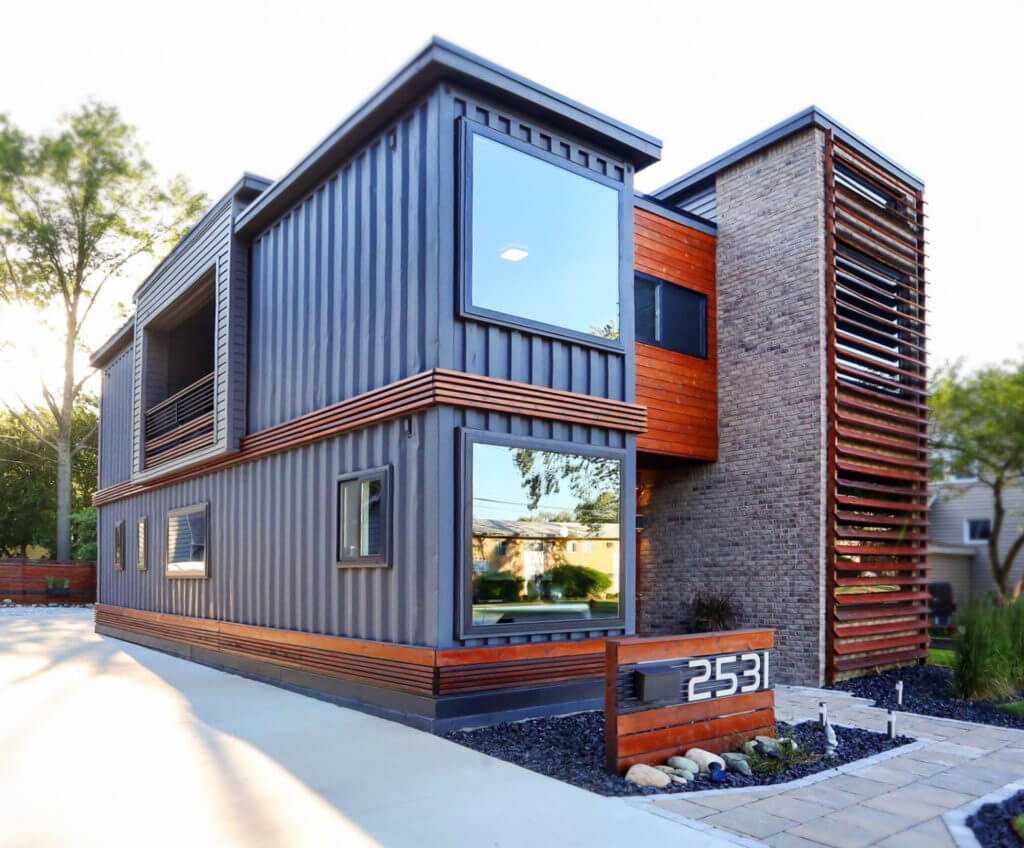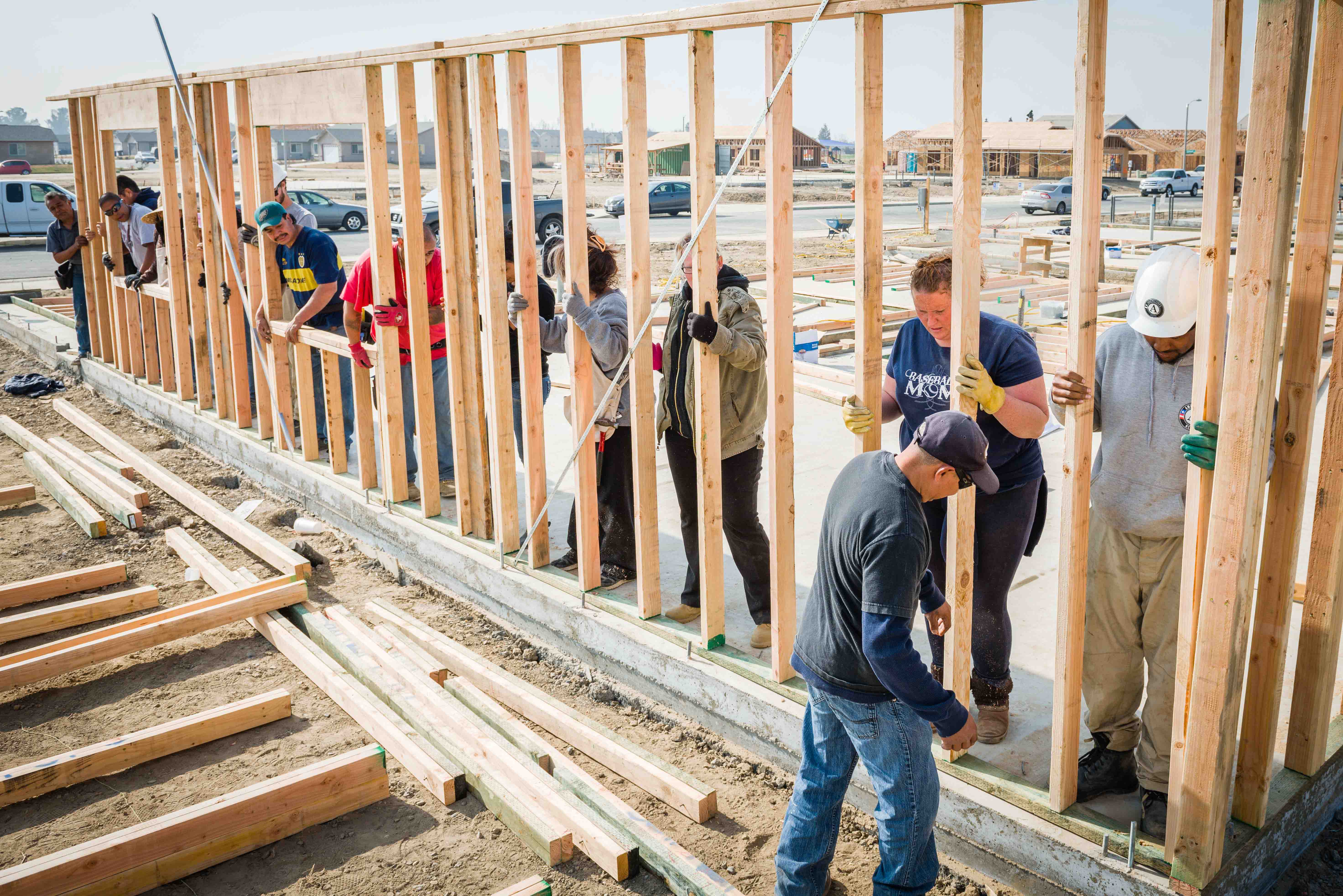Discover How to Build a House Out of Cardboard Box
A Comprehensive Guide to Building a House Using Cardboard Box
Hello friend, are you looking for an affordable and creative way to build a house? Using a cardboard box to build a house may sound strange, but it is a brilliant idea. This article will guide you on how to build a house out of a cardboard box. Using our research data, we found out that building a house using a cardboard box is one of the most cost-effective ways to own a house. You can use the cardboard box to build a playhouse for your children or even a fully-functional temporary home. The process is simple and it requires only a few materials. Before we dive into the details, let's first explore the benefits of building a house using a cardboard box.The strengths of building a house using cardboard box
1. Affordability
The cost of buying or building a conventional house can be expensive. The cost of using a cardboard box is minimal, and it can save you a lot of money in the long run.2. Easy to build
Building a house using a cardboard box is simple and does not require any special skills. All you need is a cardboard box, cutter, ruler, glue, and tape.3. Environmentally friendly
With global warming becoming a major concern, building a house using a cardboard box is a step in the right direction. A cardboard box is recyclable, and it helps reduce waste in the environment.4. Lightweight and portable
Cardboard boxes are lightweight and portable, making them easy to transport from one place to another. This feature makes them ideal for people who are always on the move.5. Versatile
Cardboard boxes can be used to build different types of structures. You can build a playhouse, a storage unit, a temporary shelter, or even a greenhouse.6. Insulation
Cardboard boxes are great insulators. They can help regulate temperatures in your house, saving you a lot of energy and money.7. Creativity
Building a house using a cardboard box requires creativity and ingenuity. It is an excellent way to express your creativity and build something unique.The weaknesses of building a house using cardboard box
1. Durability
Cardboard boxes are not very durable, and they may not last very long. This means that you may have to replace the box sooner than you anticipated.2. Vulnerability
Cardboard boxes are vulnerable to moisture, and they can easily get damaged if exposed to water.3. Fire hazard
Cardboard boxes are highly flammable, which means that they can be a fire hazard if not used properly.4. Security
A cardboard box is not as secure as a conventional house. It may not be able to protect you from intruders and other external threats.5. Lack of privacy
A cardboard box can be quite small, which means that there is limited privacy.6. Aesthetics
A cardboard box may not be as visually appealing as a conventional house.7. Limited space
Building a house using a cardboard box may limit the amount of space you have. This may not be ideal for people who require larger living spaces.How to Build a House Using a Cardboard Box
Building a house using a cardboard box is relatively simple. Here are the steps you need to follow:| Materials | Quantity |
|---|---|
| Cardboard box | 1 |
| Cutter | 1 |
| Ruler | 1 |
| Glue | 1 |
| Tape | 1 |
Frequently Asked Questions
1. Is it safe to live in a cardboard box house?
Yes, it is safe to live in a cardboard box house as long as it is built properly and is maintained regularly.2. How long will a cardboard box house last?
The lifespan of a cardboard box house depends on various factors, including weather conditions, maintenance, and usage. With proper care, a cardboard box house can last for many years.3. How much does it cost to build a cardboard box house?
Building a cardboard box house is extremely cost-effective and can cost as little as $200.4. Can I build a cardboard box house by myself?
Yes, you can build a cardboard box house by yourself. All you need are a few materials and some creativity.5. Can a cardboard box house survive extreme weather conditions?
A cardboard box house may not survive extreme weather conditions, such as hurricanes or tornadoes. It is best to move to a safer location during such weather conditions.6. Is a cardboard box house waterproof?
Cardboard boxes are not waterproof. You may have to add a waterproof layer to the roof and walls to keep it dry.7. How can I make my cardboard box house more durable?
You can make your cardboard box house more durable by reinforcing the walls and roof with wooden beams or metal rods.8. Can I build a multi-story cardboard box house?
Yes, you can build a multi-story cardboard box house. However, you may require more materials and a larger cardboard box.9. How can I decorate my cardboard box house?
You can decorate your cardboard box house using paint, wallpaper, or any other interior decoration materials you prefer.10. Do I need to get a permit to build a cardboard box house?
This depends on your local building regulations. It is best to check with your local authorities before building a cardboard box house.11. Can I move my cardboard box house to a different location?
Yes, you can move your cardboard box house to a different location. It is lightweight and portable, making it easy to transport.12. How do I maintain my cardboard box house?
You can maintain your cardboard box house by regularly inspecting the structure for damage, keeping it clean, and making necessary repairs.13. Can I sell my cardboard box house?
Yes, you can sell your cardboard box house. However, it may not fetch as high a price as a conventional house.In Conclusion
Building a house using a cardboard box is an innovative and cost-effective way to own a home. It requires creativity and ingenuity, but the results can be amazing. However, it is essential to consider the strengths and weaknesses of a cardboard box house before embarking on the project. In conclusion, a cardboard box house can be an excellent investment for people who are on a budget, environmentally conscious, and looking for a unique home. So, why not give it a try and build your cardboard box house today?If you are searching about Build House Cardboard Box - 1designgirl you've came to the right web. We have 1 Images about Build House Cardboard Box - 1designgirl like Build House Cardboard Box - 1designgirl and also Build House Cardboard Box - 1designgirl. Here it is:
Build House Cardboard Box - 1designgirl
 1designgirl.blogspot.com
1designgirl.blogspot.com Build house cardboard box
 www.designhaus.com
www.designhaus.com  www.selfhelpenterprises.org
www.selfhelpenterprises.org  www.pinterest.com
www.pinterest.com  www.pinterest.com
www.pinterest.com  www.pinterest.com
www.pinterest.com